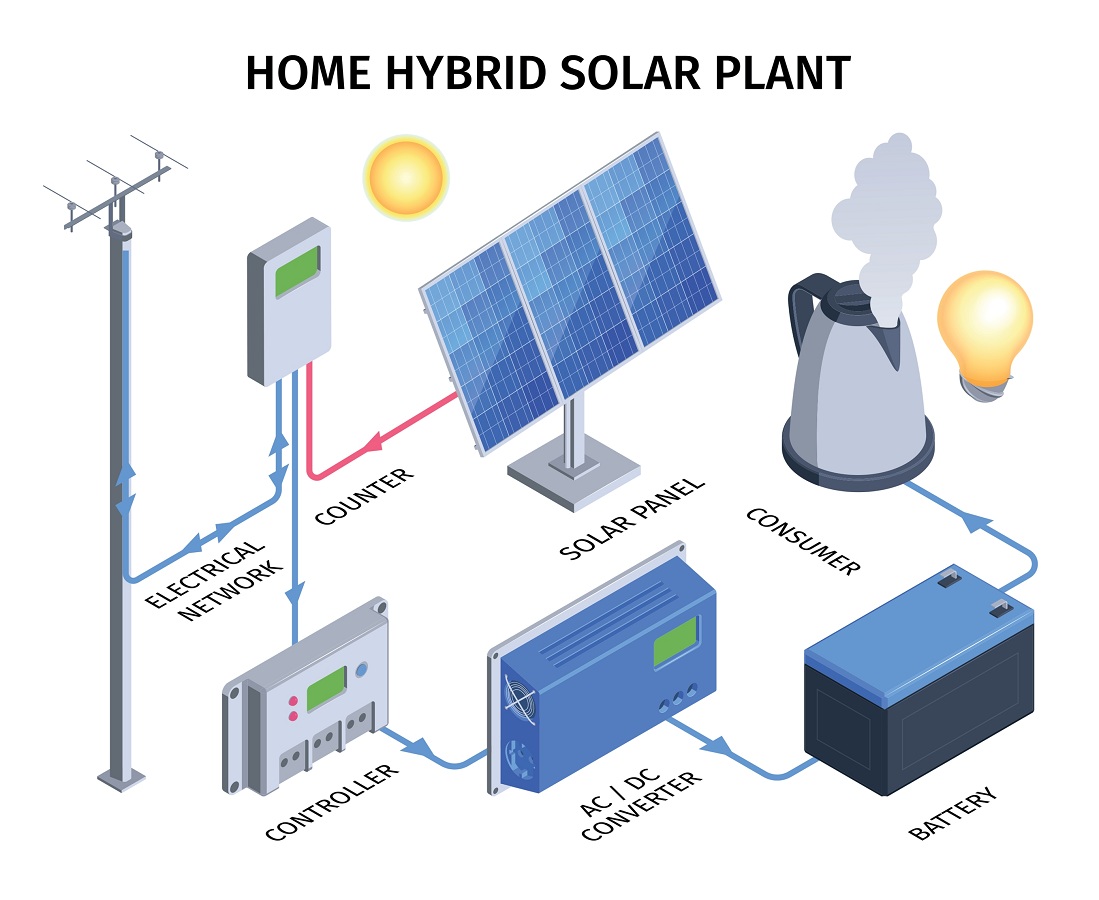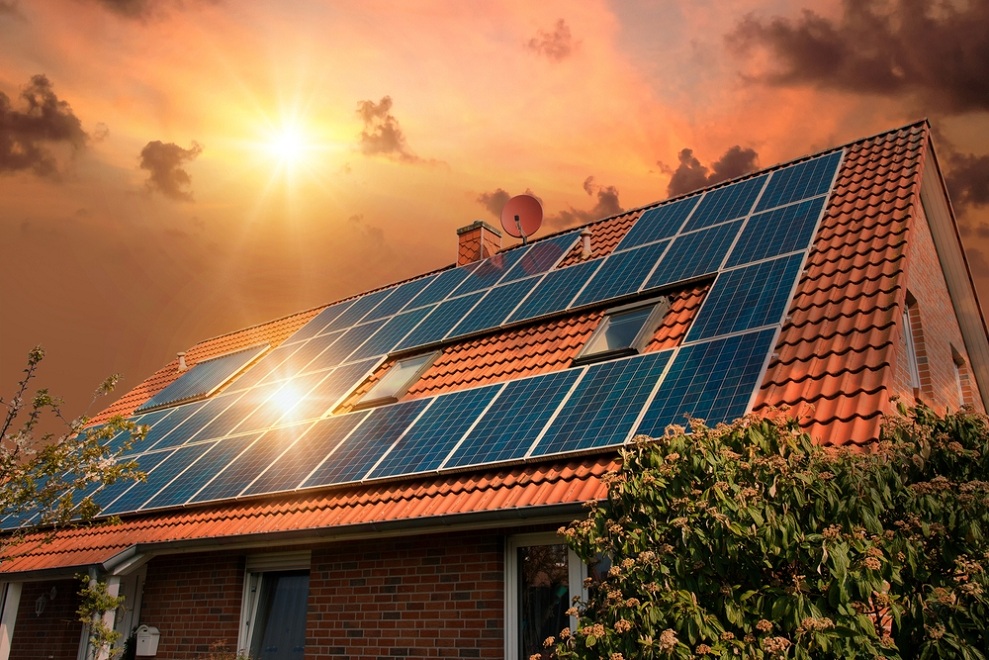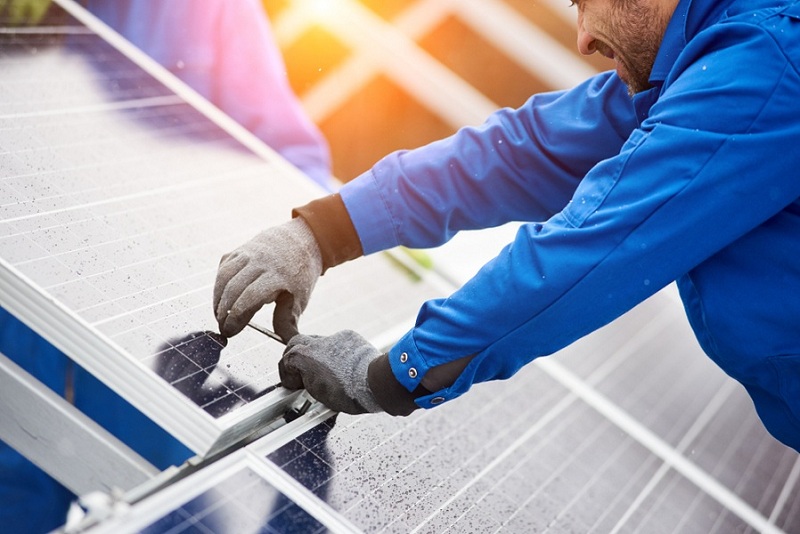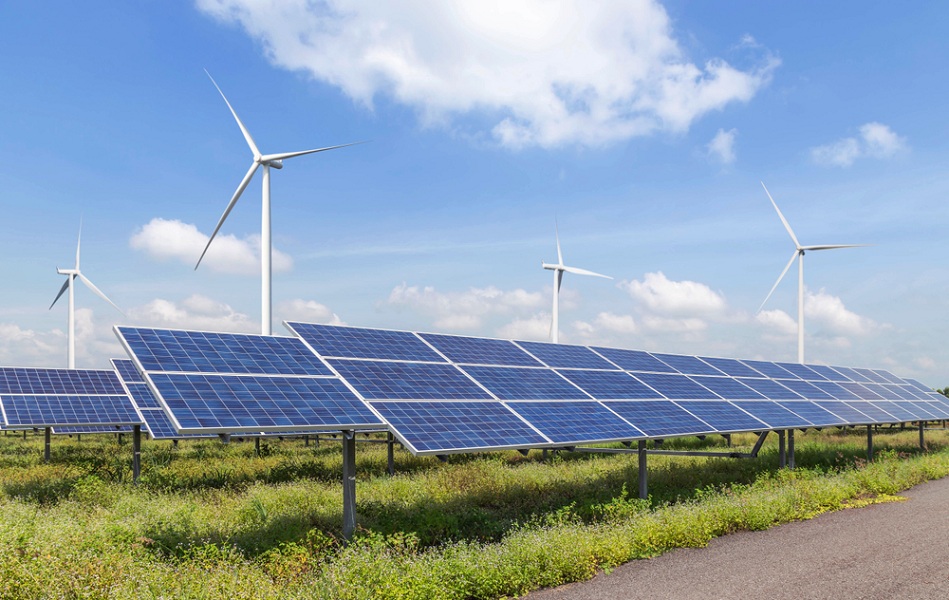As a former installer of both solar thermal and photovoltaic (PV) power systems, I can say that they both have advantages and disadvantages.
Hot water solar panels require installation skills; they may leak, require pressurization, add antifreeze, etc. Installation isn't always easy.
A circulation pump and ongoing maintenance are essential for modern solar thermal systems. They're good for you too. A properly sized tank will provide lots of hot water for long periods.
Solar PV systems are relatively simple to install. Since there are no moving parts, once everything is set up, there isn't much effort to keep the system working properly. Keep the panels clean by wiping them off once a year and keeping them out of direct sunlight, and they'll last for years.
A hybrid solar panel is also called a PVT or photoVoltaic thermal panel. It combines two solar energy conversion techniques into one device. A solar hybrid PV system generates electric power and hot water using solar energy.
Understanding Solar Photovoltaic Thermal
A PVT system uses solar PV and thermal energy to simultaneously generate electricity and hot water.
Ten years ago, solar thermal panels were all the craze. But now they're not so popular anymore. This is unexpected, given its high efficiency compared to a conventional solar panel system. The only downside is that the energy can only heat water and not be used for any other purpose.
A hybrid system combining solar thermal and solar PV systems increases the efficiency of your solar PV system by up to 80 percent. Solar PV is an excellent technology that has improved greatly over the past few years, but its efficiency remains low at approximately 20 percent.
The Efficiency of PV solar panels

Only 20% of the sunlight that hits the solar panels is converted into electricity. The remaining 80% is wasted. For people with small roofs, losing 80% of their electricity production can mean much more than it would for people with larger rooftops.
A glance at the solar PV industry shows it has reached a saturation point. Technological developments add extra power to the cells but only in incremental amounts. Recent improvements have been made in cutting cells, PERC (photovoltaic energy conversion), and bifacial solar technologies.
Now that we've reached a stage where we need to look at ways to increase the efficiency of our PV panels, we have two options: Either we could go for multi-junction solar cells (used in satellites) or perovskite cells. Presently, perovskites can surpass crystalline solar cells, but they remain unstable and degrade rapidly.
Ways to Improve Solar Panels Efficiency
Can we convert more energy from sunlight into electricity?
We can use a solar PVT panel, a photovoltaic module combined with a heat exchanger. It combines solar thermal collectors with photovoltaic cells to create electricity at maximum efficiency levels.
It produces both electric power and heat as output, and its best feature is that these two types of energy complement one another and work synergistically. On their own, solar thermal collectors are very efficient. They achieve an average conversion rate of almost 90 percent, which means they can convert most of the light from the sun into usable electricity.
Impact of Heat on Solar Panels

On the other hand, solar panels can only generate electricity when exposed to light of specific wavelengths. The remaining light passes through and gets absorbed by the back layer of the panel. They cause unwanted heating inside the cells. It turns out that this generates heat which lowers the solar cell efficiency.
A PV panel's thermal coefficient of efficiency (TCE) indicates exactly how much less efficient the panel becomes when temperatures rise. Hot weather often experiences high daytime temperatures exceeding 70 degrees Celsius. Cooling systems are employed to keep these panels from overheating.
Solar PVT panels consist of photovoltaic (PV) cells placed on a solar thermal collector. The excess energy from sunlight heats the water flowing through the collector and removes any excess heat buildup. Hybrid solar cells can be up to 85% efficient and produce four times the power generated by conventional solar cells at just 25% additional cost.
Benefits of Heat Removal Systems
Over 52% of the total energy used in European countries and many other cold climates is spent on space and water heaters.
Active heat removal systems (such as fans) remain the most efficient way to remove excess heat from panels. They can extend the lifespan of solar panels up to 50 years.
Removing heat from the panels increases their efficiency and extends their lifespan. A 20% increase in yearly electricity production has been observed using PV alone instead of conventional power sources.
One might wonder why more companies don't use this technology. After all, there must be some reason for this. What could it possibly be?
What to do with excess heat?

It turns out that PVT (PV) technology isn't easy to use as compared to PV technology. Moreover, in summer, one can end up with huge amounts of water that is 35 to 40 degrees Celsius (°C) in temperature and has no place to go.
Because of this, the owners of swimming pools are currently installing them.
There is a workaround for it. You can dump the extra heat from the hot water by passing it through outdoor convectors. It's true that when we use electrical and thermal energy from solar panels, we save twice the amount of money.
If you live in an area where electricity costs three times the cost of natural gases, then you can expect to double your energy efficiency by installing a photovoltaic system.
If Tesla goes down this path of using photovoltaic cells instead of solar roofs, it would be advantageous for those who don't have enough rooftop space to install several kilowatts of solar panels.
Related Queries
What is the meaning of PERC?
PERC means Passive Emitter and Reflector Cells and is a variation on the basic structure of crystalline silicon solar cell technology.
The second coating of reflective material increases the efficiency by reflecting some of the light energy into the solar cells, where it can be converted back into electricity.
Explain half-cut PV panels
Most commercial solar PV panels consist of 60 cells.
A half-cut solar panel has its cells divided into two groups of 60 cells each, which means each panel will have 120 cells. One advantage is that there are more electrical paths for supplying power to an inverter and less depletion in power because of shade.
Explain the working of bifacial solar cells
Bifacial solar panels allow more sunlight to pass through them, converting more energy from the sun into electricity. It is achieved by replacing the conventional cover with a transparent one.


